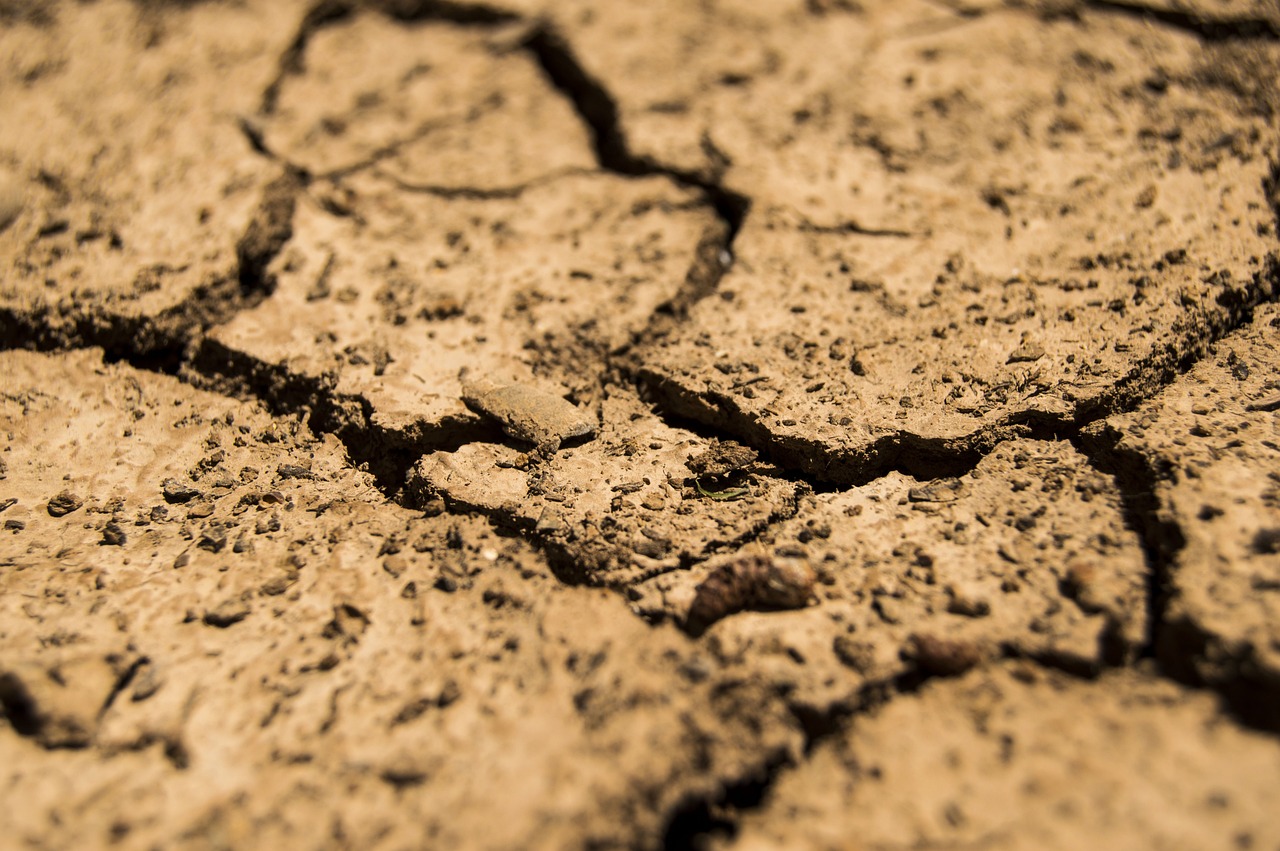Article Title:Optimal gardening strategies: Maximizing the input and retention of water in prehistoric gridded fields in north central New Mexico
Abstract:
Optimization models have been widely employed in evolutionary ecological approaches to the archaeological record to explain spatial and temporal variation in foraging strategies. They have been less commonly used to explain variation in the morphology and location of agricultural field systems. Using energy as a currency, the paper employs optimization principles to explain the morphology and location of agricultural field systems. Using energy as a currency, the paper employs optimization principles to explain the morphology and location of Pueblo IV gridded field systems in the northern Rio Grande Valley of northern New Mexico. Results of analyses indicate that feature and landscape attributes interacted to maximize water input in the form of snow, and minimize loss of water through drainage, evaporation and run-off. Results additionally indicate that features were constructed to the dimensions required to control the sizes of the water inputs which could be reasonably be expected in the span of one year. In particular, cobble borders are of appropriate height and spacing to increase moisture input during all but the largest snowfalls, and mulch is of appropriate thickness to control the input of the most intense rainfall that can be expected to fall in a single year. These results suggest that gridded plot siting and design comprised an optimal solution to the need to maximize the input of water and yet minimize the investment required for construction. Principles of gridded plot placement and design specification identified in this study define as et of criteria by which early Pueblo farmers could make informed decisions that affected both plot efficiency and labor investment.
Keywords: Southwestern archaeology; prehistoric agricultural hydrology; hydrologic modeling; optimization
DOI: 10.1080/00438240220134296
Source:WORLD ARCHAEOLOGY
Welcome to correct the error, please contact email: humanisticspider@gmail.com



